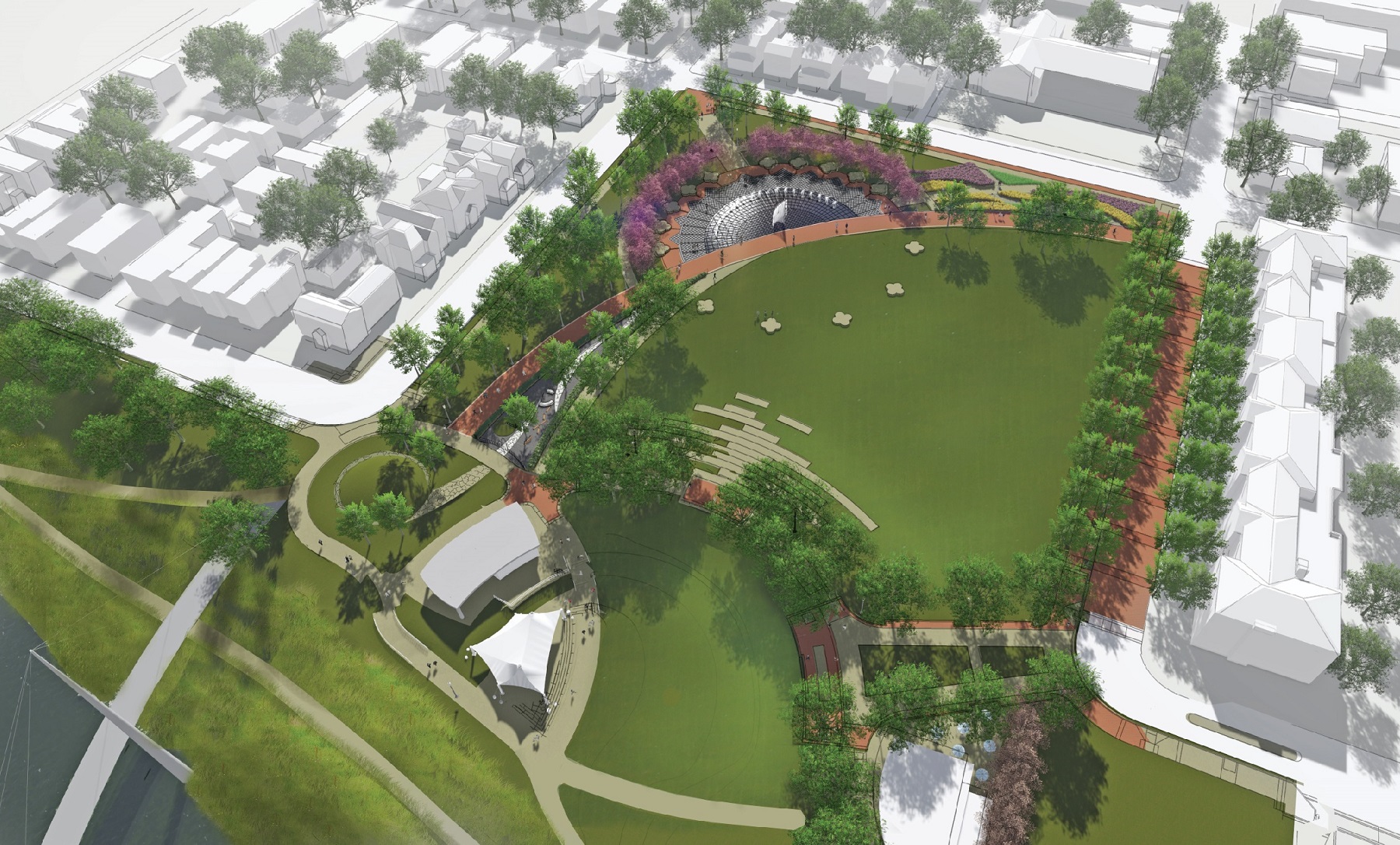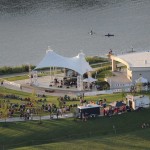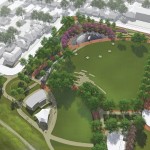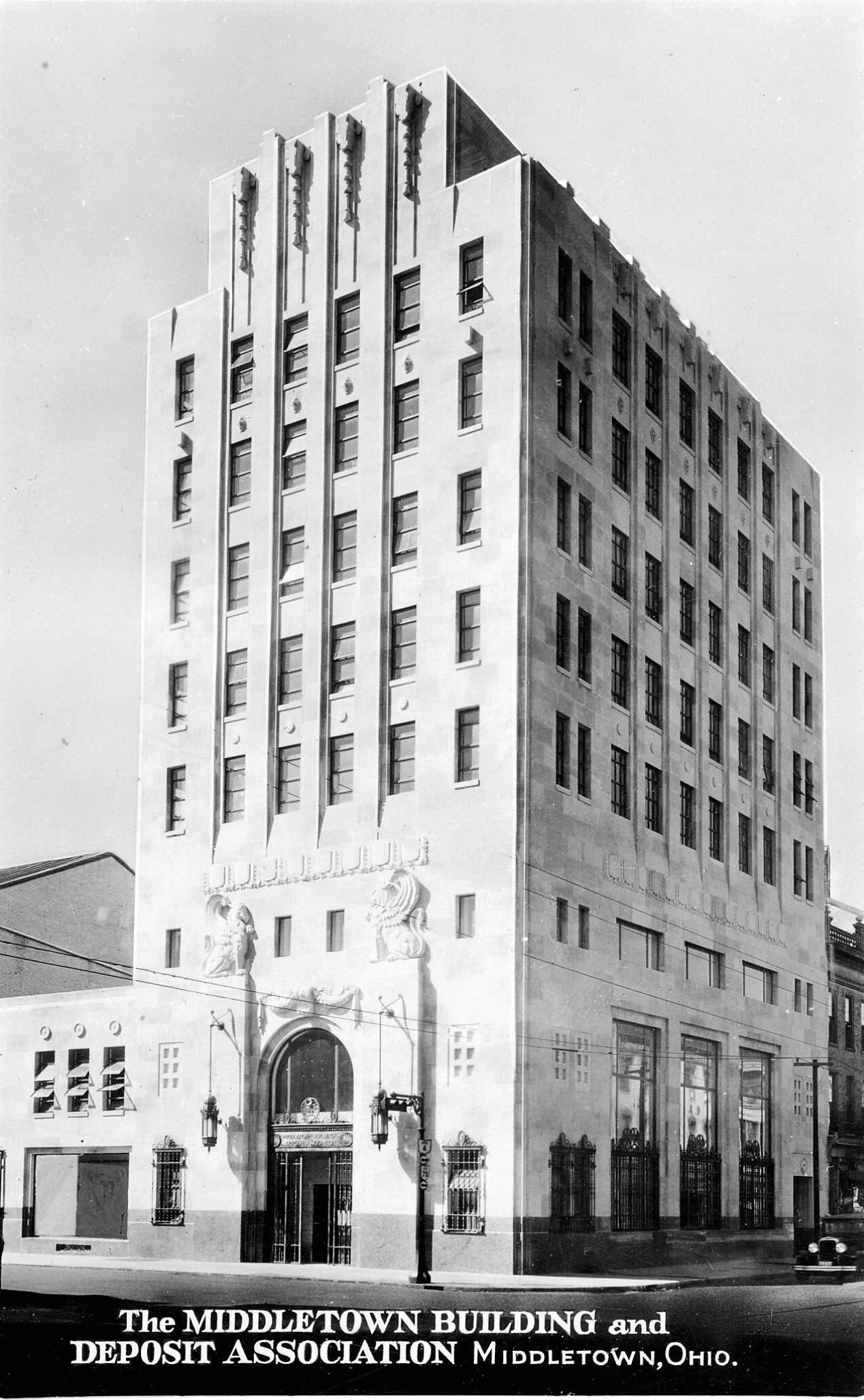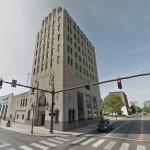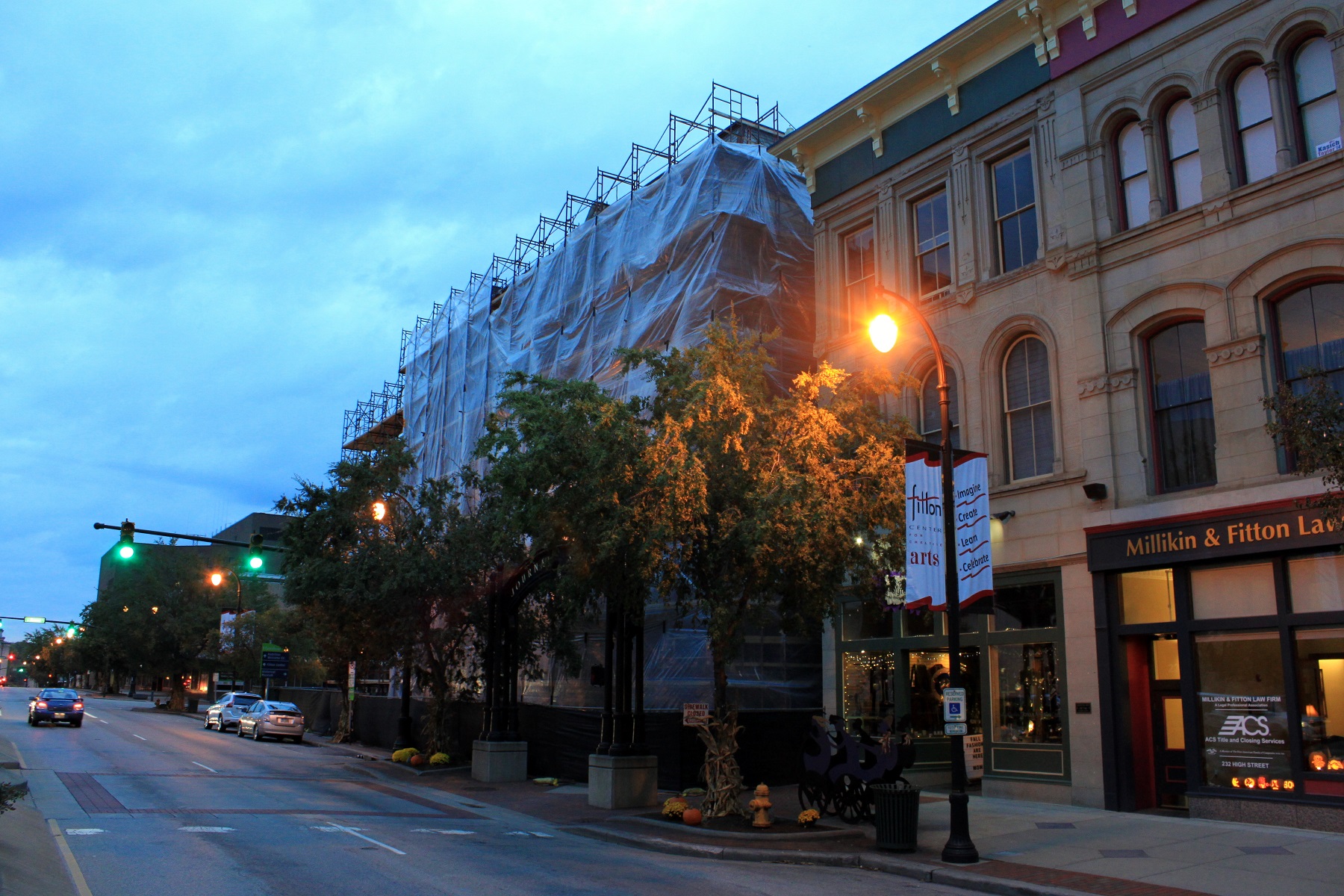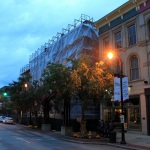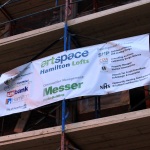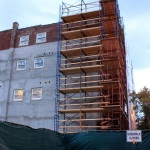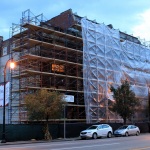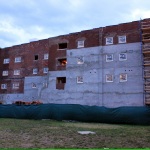Hamilton leaders are moving forward with a long-envisioned park along the Great Miami River in the city’s German Village neighborhood thanks to a $3.5 million contribution from the Marcum family via the Hamilton Community Foundation.
The park is part of the larger RiversEdge development that already includes an amphitheater, overlook, and an extension of the Great Miami River Trail that is planned to run from New Miami to Fairfield.
These phase one projects were completed in late 2013. Since that time, the outdoor amphitheater built into the flood wall of the Great Miami River has become a central gathering point for area residents. In addition to hosting concerts and other major public events, the amphitheater is also the outdoor home of the Hamilton-Fairfield Symphony Orchestra.
“This is downtown’s backyard,” Hamilton City Manager Joshua Smith said in a prepared release. “With increasing momentum in Hamilton’s urban core, the Marcum family has given this community a huge push toward becoming a purposeful destination for working, living, and playing.”
The project sits on a 7.3-acre site that once was home to Mercy Hospital before it closed in 2008 and torn down shortly thereafter. Following the completion of the $2.1 million first phase of RiversEdge, Hamilton city officials and community members then worked with Columbus-based MKSK Design to develop a master plan for the remaining portion of the site that will become the park.
“It’s a wonderful thing to have a central area where the city can come together and enjoy a nice park,” said Joe Marcum. “It will add interest to the development of the downtown area. This will help Hamilton to be more dynamic.”
Though the park’s final details and design are being refined, early drawings illustrate that the park will include open lawns and meandering sidewalks, design features that can accommodate food trucks, a children’s play area and an interactive fountain.
Project officials expect that the design and construction work can be completed over the next year-and-a-half and open sometime in mid-2016.
